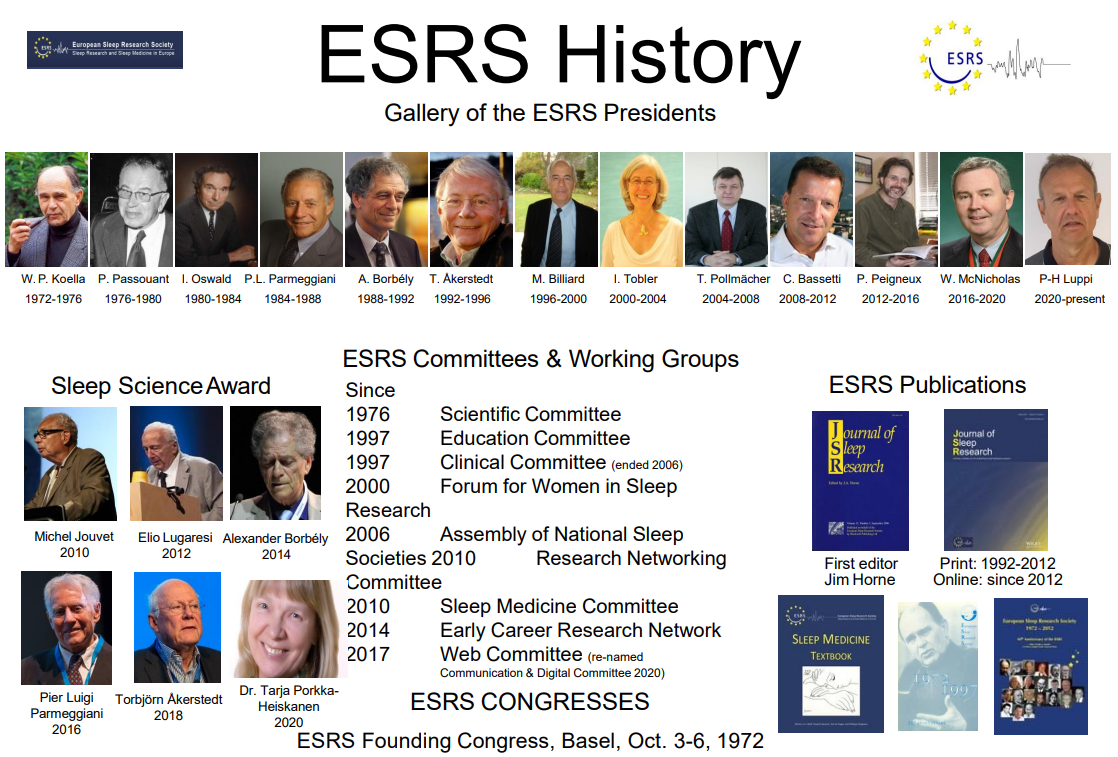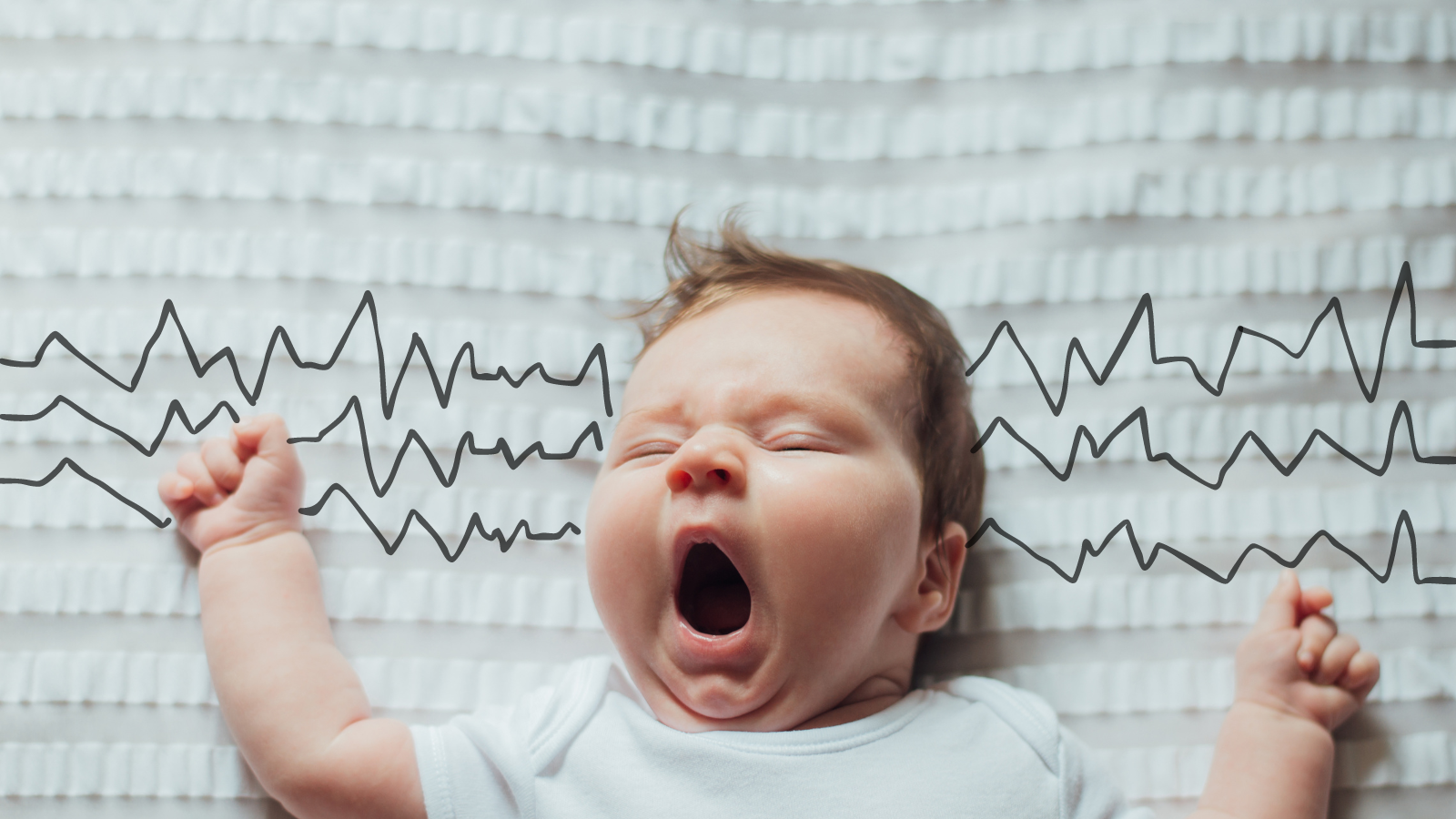Development of Sleep Spindles in Blind Children

Helene Vitali
Ph.D. Fellow, Italian Institute of Technology, Italy. More on LinkedIn, OrcID and Research Gate.
Helene Vitali obtained her Bachelor’s Degree in Neurophysiological Techniques and Master’s Degree in Neurobiology with honors from the University of Pavia in 2018 and 2020. For her thesis project, she conducted research within the collaboration between the Italian Institute of Technology and the Mondino Foundation on cortical activity maturation in blind children. In 2020, she was awarded a doctoral scholarship in Bioengineering and Robotics at the University of Genoa, affiliated with the Italian Institute of Technology, under the supervision of Dr. Monica Gori. Throughout her Ph.D., she investigated the relationship between neural processes during wakefulness and sleep, and multisensory interaction in infants with and without visual impairment. In 2023, she graduated from the World Sleep Academy and was recognized for her work by the Italian Society of Clinical Neurophysiology and the World Sleep Society. She is currently part of the scientific committee of the first SLEEPTECH conference.
Blindness Affects the Developmental Trajectory of the Sleeping Brain
Sleep quality plays a pivotal role in brain development and the sensory information processing. Sleep spindles serve as windows into the maturation of our brains over time. Simultaneously, they provide insights into how signals are reprocessed while we sleep, including sensory and sensorimotor information acquired during wakefulness. This reprocessing reinforces acquired skills and fosters continuous maturation of the developing brain of children.
Our study delves into sleep spindles to understand potential differences in the neural circuits involved in processing sensorimotor information during sleep between blind children and their sighted counterparts. Even in the early years of life, blind children exhibit lower spindle activity, with no apparent age-related maturation. In other words, these sleep markers do not evolve as expected due to an underlying lack of maturation in the brain circuits. This reduced activity in blind children has also been associated with perceptual and motor abilities. The maturation of these spindles should be both cause and consequence of the development of sensorimotor skills, creating a positive reinforcement loop in typical children that favor the proper skill acquisition. However, this loop can be exponentially diminished in the presence of sensory disorders.
Our results highlight the overlooked significance of investigating sleep markers in blind children, considering that sleep constitutes a third of our lives and a substantial portion of daily childhood hours. Understanding sleep mechanisms, particularly in the early stages of life, provides crucial insights into how sensory deprivation may lead to neural divergence from the typical developmental trajectory. These findings carry significant therapeutic implications, both in terms of timing and in exploring new therapeutic possibilities.
Article and presentation based on:
Vitali et al. (2024). Blindness affects the developmental trajectory of the sleeping brain. Neuroimage.
Recent publications from ESRS members
- Gülçiçek et al. (2024). Patients with restless legs syndrome exhibit reduced serum colony-stimulating factor-1, humanin-like 3 and 10 levels. Acta Neurol Belg.
- Bruni et al. (2024). European expert guidance on management of sleep onset insomnia and melatonin use in typically developing children. Eur J Pediatr.
- Henríquez-Beltrán et al. (2024). Sleep and Circadian Health of Critical Survivors: A 12-Month Follow-Up Study. Crit Care Med.
- Cassibba et al. (2024). Analysis of mandibular jaw movements to assess ventilatory support management of children with obstructive sleep apnea syndrome treated with positive airway pressure therapies. Pediatr Pulmonol.
- Holmelid et al. (2024). Simulated quick returns in a laboratory context and effects on sleep and pre-sleep arousal between shifts: a crossover controlled trial. Ergonomics.
- Djupedal et al. (2024). Effects of a work schedule with abated quick returns on insomnia, sleepiness and work-related fatigue: Results from a large-scale cluster randomized controlled trial. Sleep.
- Marques et al. (2024). Sleep effort and its measurement: A scoping review. J Sleep Res.
- Frandsen et al. (2024). Health, social, and economic consequences of rapid eye movement sleep behavior disorder: a controlled national study evaluating societal effects. Sleep.
- Rodríguez-Alcalá et al. (2024). Lost needle in the oral cavity: can the nightmare be just a bad dream? J Laryngol Otol.
- Parry et al. (2023). Sleep-light interventions that shift melatonin rhythms earlier improve perimenopausal and postmenopausal depression: preliminary findings. Menopause.




